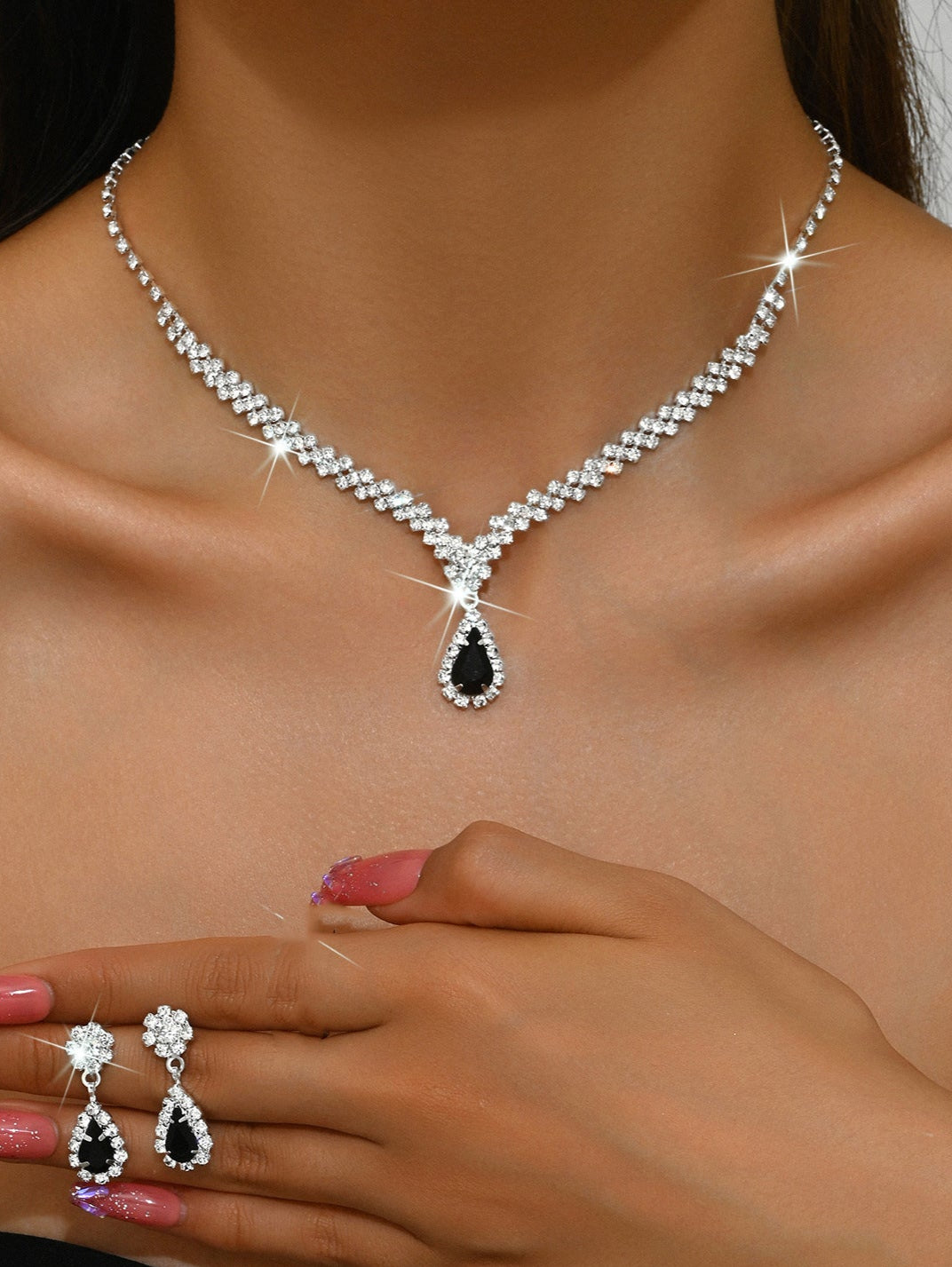Introduction
The Jerusalem Art Museum is not only a hub for visual arts and historical exhibitions but also a sanctuary for craftsmanship, particularly in the realm of Silver jewelry. Nestled in one of the world’s most historically and culturally rich cities, the museum offers visitors a unique opportunity to explore jewelry that transcends mere decoration. Each piece tells a story — a blend of ancient tradition, artistic innovation, and meticulous handcrafting that makes silver jewelry from Jerusalem a prized possession for collectors and enthusiasts alike.
Whether you are an avid jewelry lover, a tourist seeking meaningful souvenirs, or an art connoisseur, the Jerusalem Art Museum’s collection of silver jewelry provides an unforgettable experience. This article delves into the artistry, history, and contemporary significance of handcrafted silver jewelry at the museum, revealing why it stands out as a symbol of cultural and artistic excellence.
The History of Silver Jewelry in Jerusalem
Ancient Roots and Cultural Significance
Silver jewelry has been part of Jerusalem’s heritage for thousands of years. Archaeological discoveries reveal that ancient artisans in the region crafted intricate silver pieces, often imbued with religious and cultural symbolism. The use of silver in jewelry was not merely ornamental; it signified wealth, status, and spiritual devotion.
Over the centuries, Jerusalem became a melting pot of civilizations — from the Canaanites to the Romans, Byzantines, and Ottomans. Each era contributed unique techniques and designs to silver craftsmanship, resulting in a rich tapestry of styles that continue to inspire contemporary jewelers at the museum today.
Transition to Modern Artistry
In the 20th century, silver jewelry in Jerusalem underwent a transformation. Artists began blending traditional motifs with modern aesthetics, creating pieces that honor heritage while appealing to contemporary tastes. The Jerusalem Art Museum has played a pivotal role in preserving this legacy, showcasing works that highlight the evolution of silver jewelry from ancient craftsmanship to modern artistry.
Unique Features of Handcrafted Silver Jewelry
Artisanal Techniques
Handcrafted silver jewelry at the Jerusalem Art Museum stands out for its intricate techniques. Skilled artisans employ methods such as filigree, granulation, repoussé, and engraving to create patterns that are both delicate and durable. These time-honored techniques ensure that each piece is unique, reflecting the artisan’s creativity and precision.
Unlike mass-produced jewelry, handcrafted pieces bear the signature of their maker. Visitors often find that the level of detail in each item evokes a sense of intimacy and connection to Jerusalem’s artistic heritage.
Symbolism and Design Inspiration
Designs often draw inspiration from the city’s rich history, religious iconography, and natural surroundings. From motifs of olive branches and pomegranates to references from biblical stories, each piece of silver jewelry carries deeper meaning. This attention to symbolism makes the jewelry not just an accessory but a storytelling medium, offering wearers a tangible connection to Jerusalem’s culture.
Versatility and Modern Appeal
While deeply rooted in tradition, handcrafted silver jewelry at the museum is designed with modern lifestyles in mind. Contemporary pieces are sleek, versatile, and suitable for everyday wear, making them attractive to a global audience. Whether it’s a delicate pendant, an intricately designed bracelet, or a statement ring, the museum’s collection bridges the gap between historical artistry and modern fashion trends.
Visiting the Jerusalem Art Museum
Exhibitions and Collections
The Jerusalem Art Museum curates rotating exhibitions that highlight the evolution and craftsmanship of silver jewelry. Visitors can explore historical pieces alongside modern interpretations, gaining insight into the techniques and stories behind each creation.
The museum also offers thematic exhibitions, focusing on specific periods, artistic movements, or individual artisans. This approach allows visitors to appreciate the depth and diversity of silver craftsmanship, fostering a greater understanding of the cultural context behind each piece.
Workshops and Interactive Experiences
For those interested in learning the craft, the museum hosts workshops and interactive sessions where participants can observe artisans at work or even try their hand at basic techniques. These experiences provide a hands-on appreciation of the skill and patience required to create handcrafted silver jewelry, making a visit truly immersive.
Shopping and Collecting
The museum’s boutique features an exquisite selection of handcrafted silver jewelry available for purchase. Each piece is accompanied by a certificate of authenticity, ensuring that collectors acquire genuine, artistically significant items. Whether buying as a souvenir, a gift, or an investment, these pieces reflect the artistic heritage of Jerusalem and the skill of local artisans.
Why Jerusalem’s Silver Jewelry Stands Out
Authenticity and Craftsmanship
What sets Jerusalem’s silver jewelry apart is its authenticity. Unlike commercialized jewelry, these handcrafted pieces embody a dedication to artistry, cultural preservation, and attention to detail. Each item carries the legacy of generations of artisans, making it both an aesthetic and cultural treasure.
Investment in Art
Handcrafted silver jewelry from Jerusalem is not only beautiful but also holds long-term value. The combination of high-quality silver, artistic design, and limited production makes these pieces sought-after by collectors worldwide. Investing in such jewelry means owning a piece of history and culture, along with exquisite artistry.
Cultural Connection
Owning or wearing a piece of handcrafted silver jewelry from Jerusalem creates a connection to one of the world’s most historically and spiritually significant cities. Beyond beauty, the jewelry serves as a tangible link to Jerusalem’s stories, traditions, and artistic evolution, allowing wearers to carry a piece of the city wherever they go.
Caring for Handcrafted Silver Jewelry
Cleaning and Maintenance
Silver naturally tarnishes over time, but proper care ensures longevity. The museum provides guidelines for cleaning, which typically include gentle polishing with a soft cloth and storing pieces in anti-tarnish bags. Avoiding exposure to harsh chemicals, water, and excessive sunlight will preserve both the metal and intricate designs.
Storage Tips
Storing handcrafted silver jewelry in separate compartments prevents scratches and preserves its delicate details. Displaying pieces in the museum-inspired manner—whether in a box with soft lining or a dedicated jewelry stand—helps maintain their aesthetic and historical value.
Conclusion
The Jerusalem Art Museum’s collection of handcrafted silver jewelry is a testament to the city’s artistic heritage, blending ancient techniques with modern design sensibilities. Each piece tells a story, making it more than just an accessory—it is a connection to Jerusalem’s history, culture, and artisanship.
For visitors, collectors, or anyone passionate about fine jewelry, exploring these handcrafted pieces offers a unique opportunity to appreciate artistry in its purest form. Whether purchased or admired, Jerusalem’s silver jewelry stands as a timeless symbol of craftsmanship, culture, and elegance.
Experience the magic of silver jewelry at the Jerusalem Art Museum, and discover how art and tradition unite to create jewelry that transcends time.



